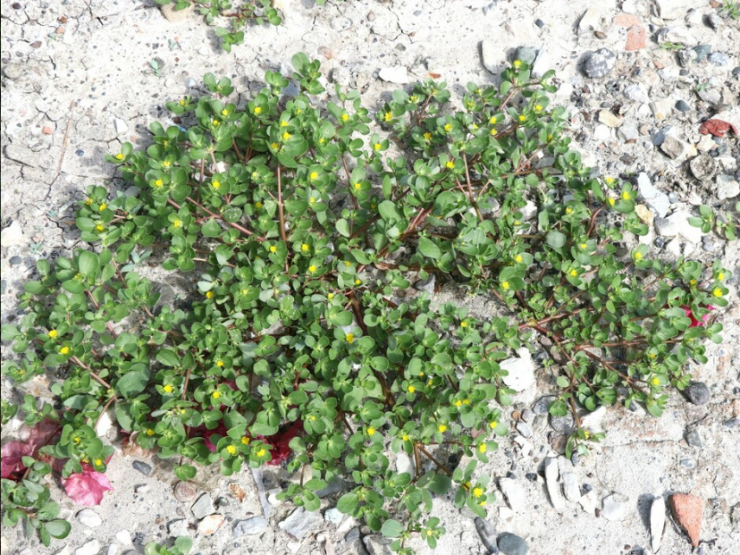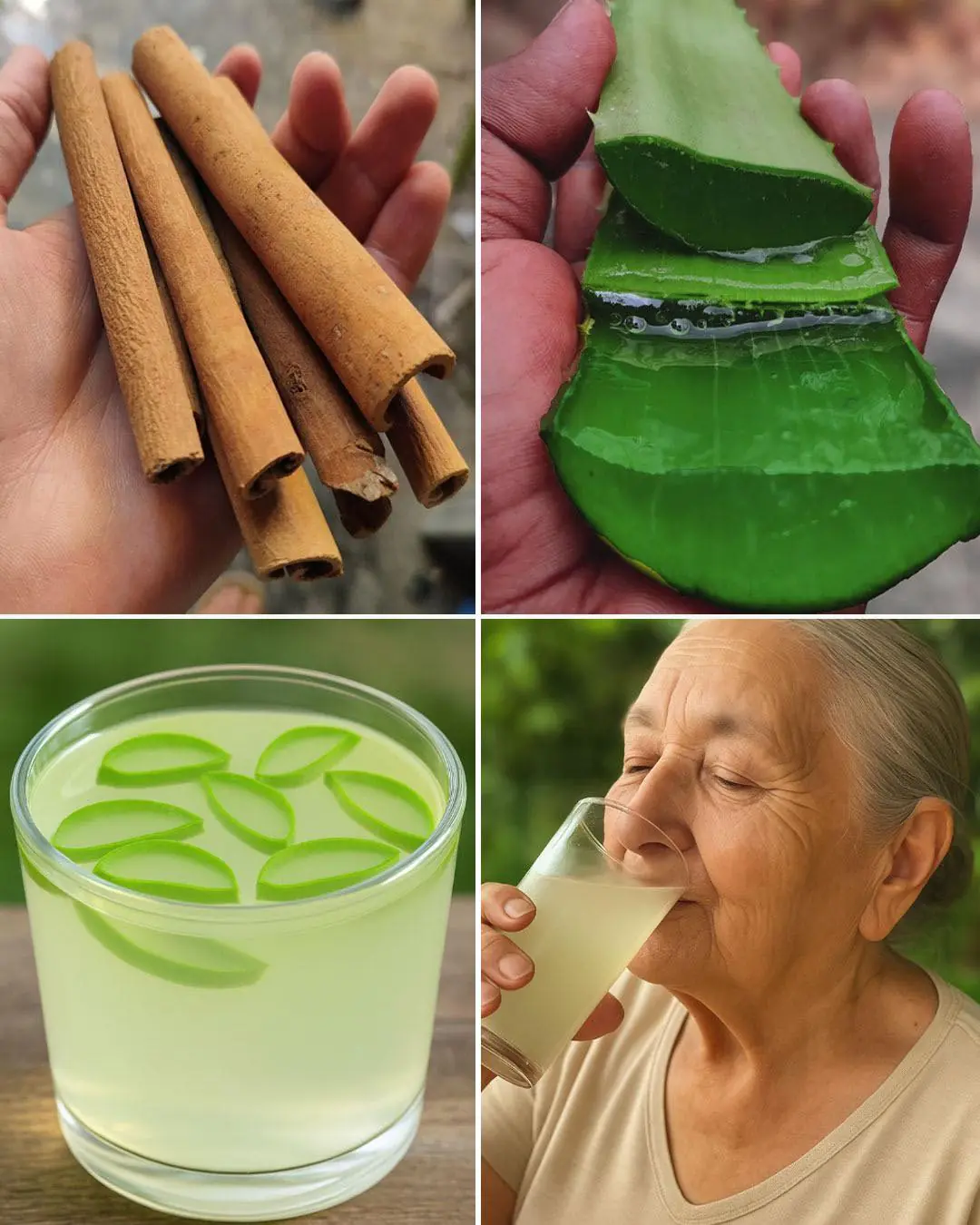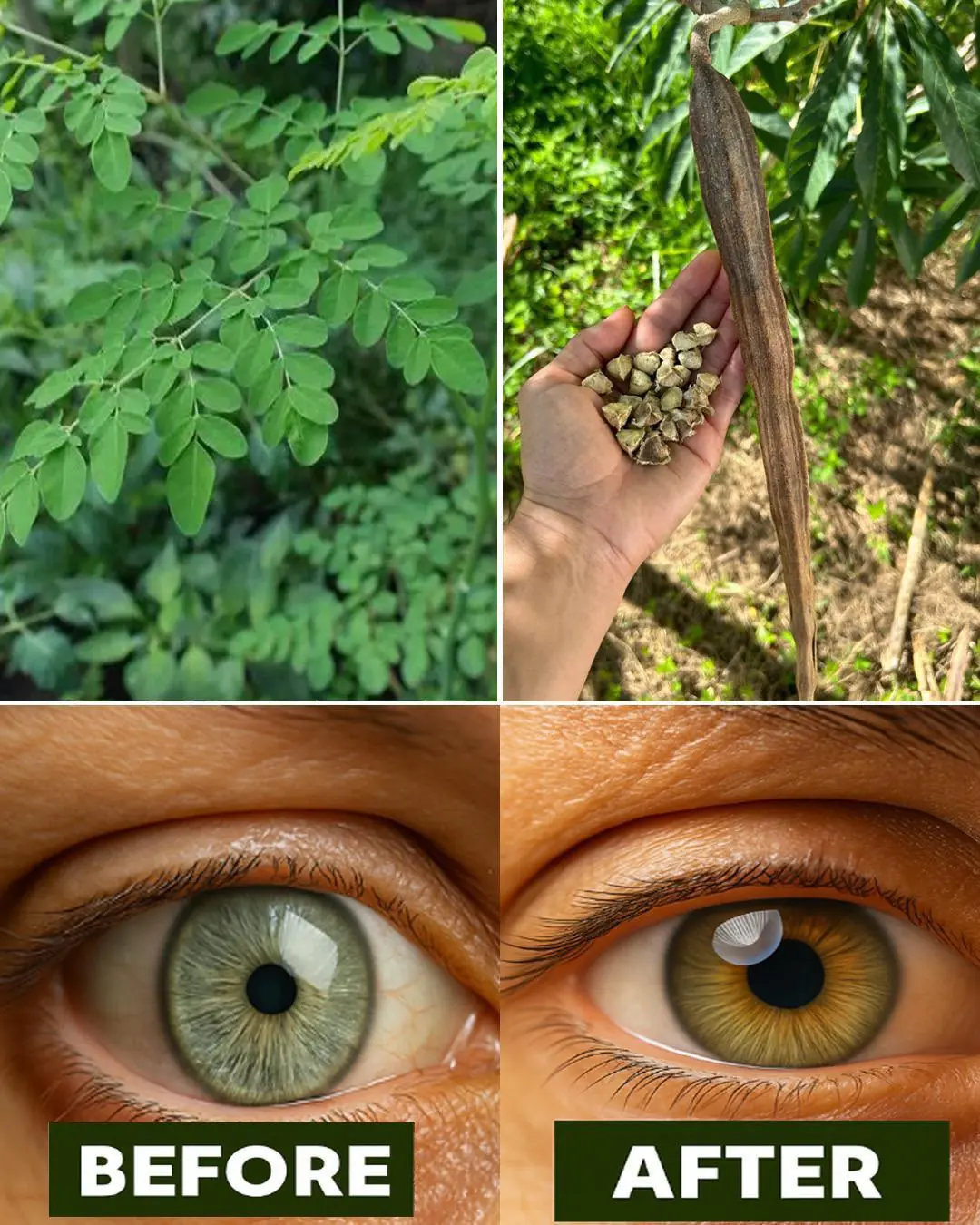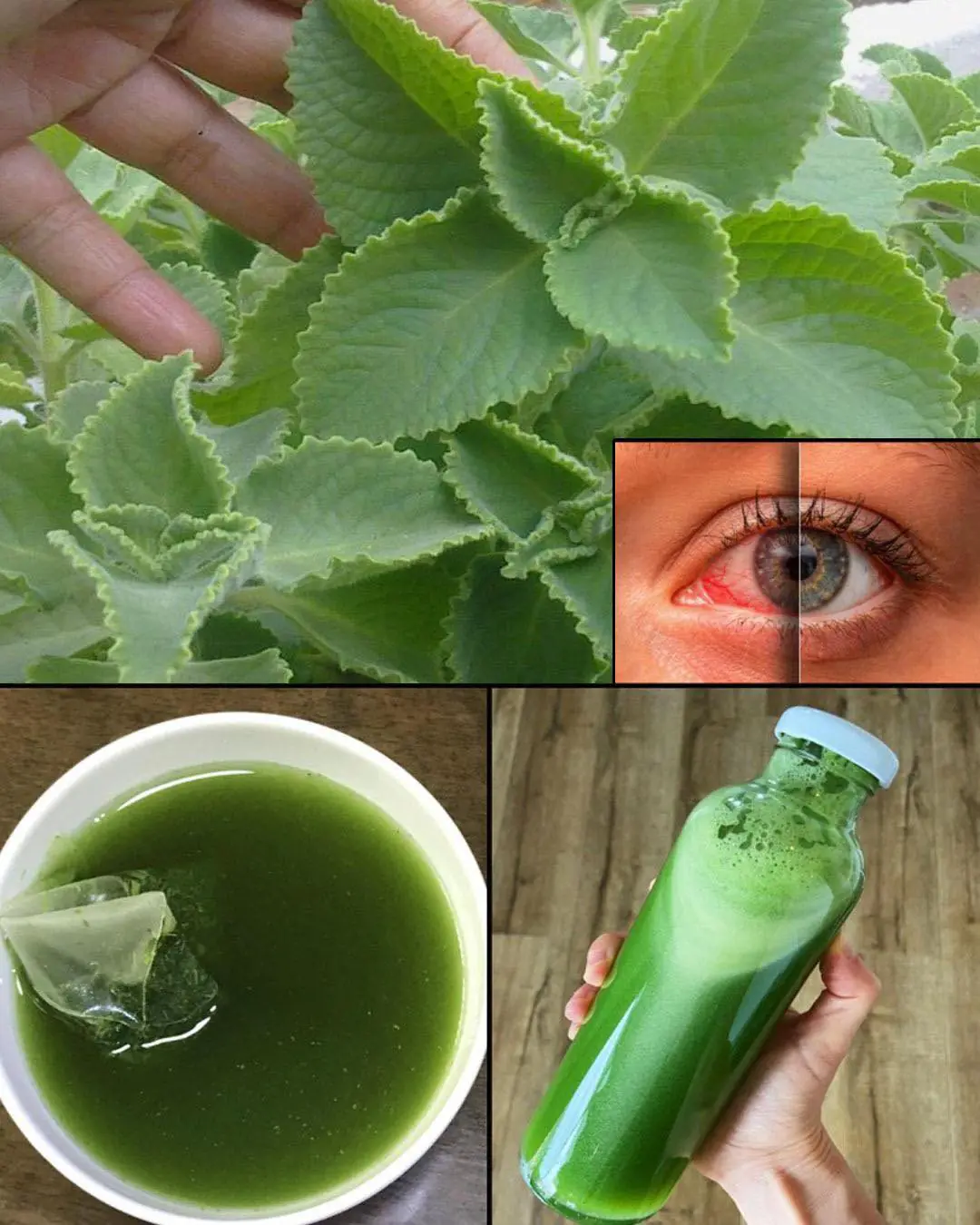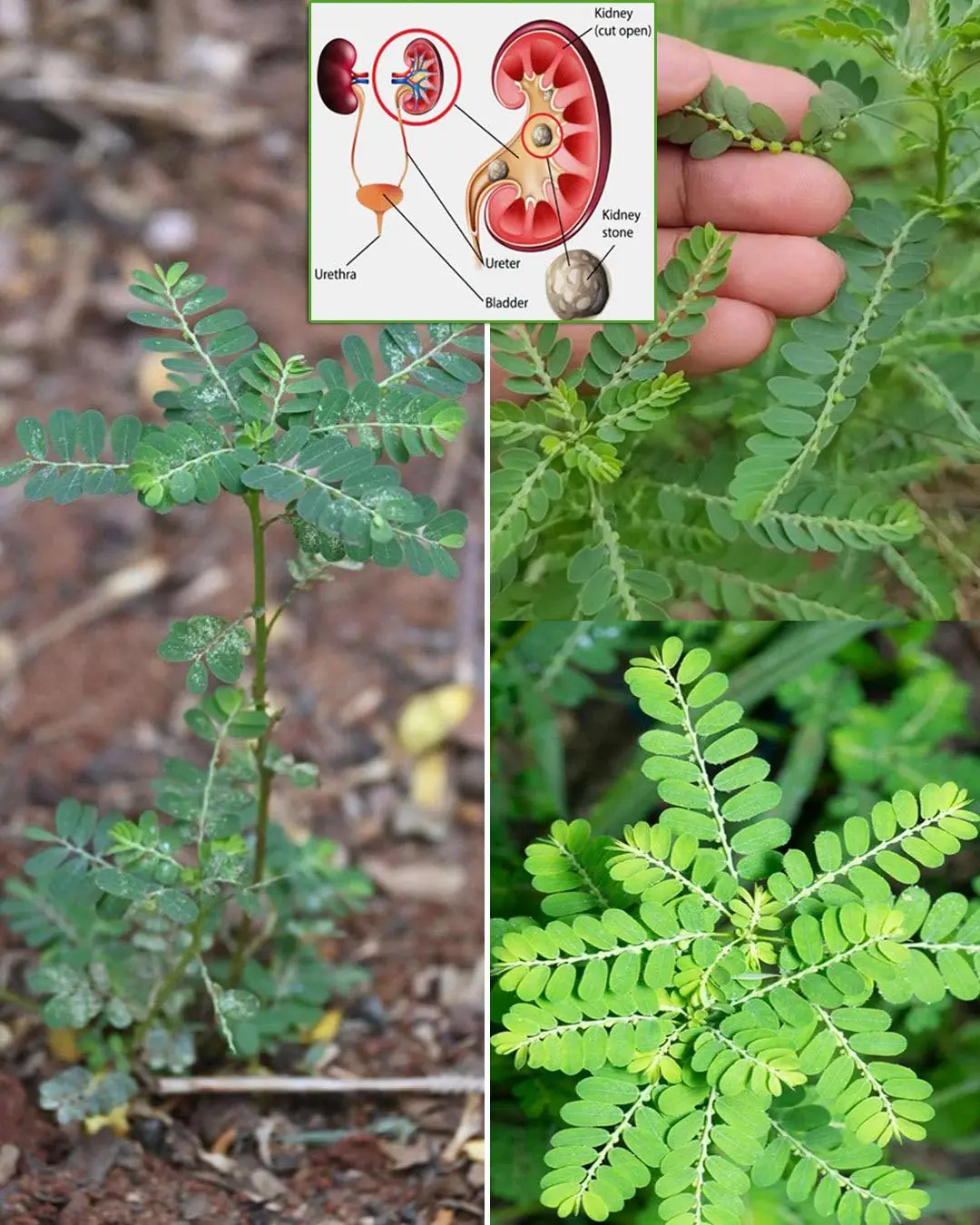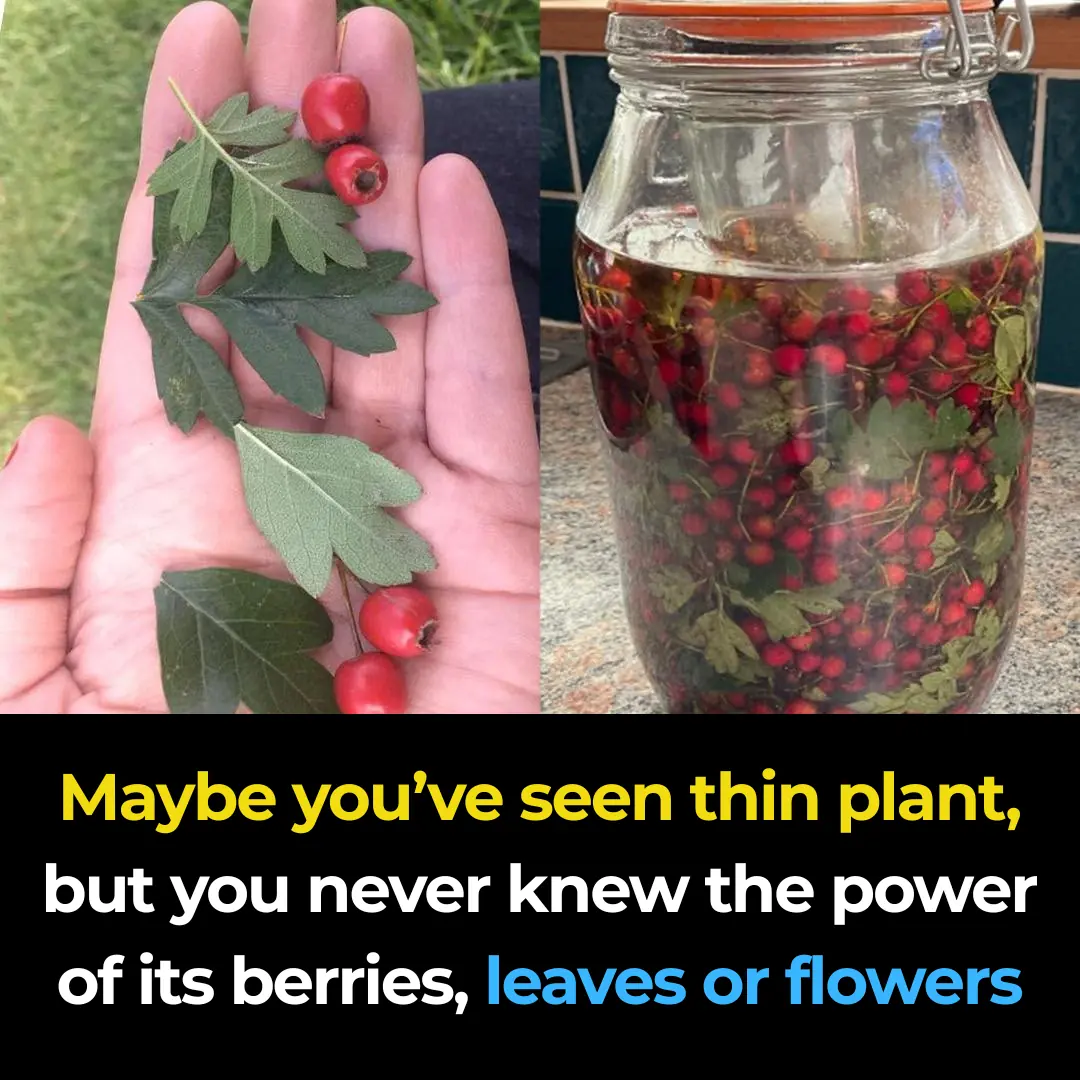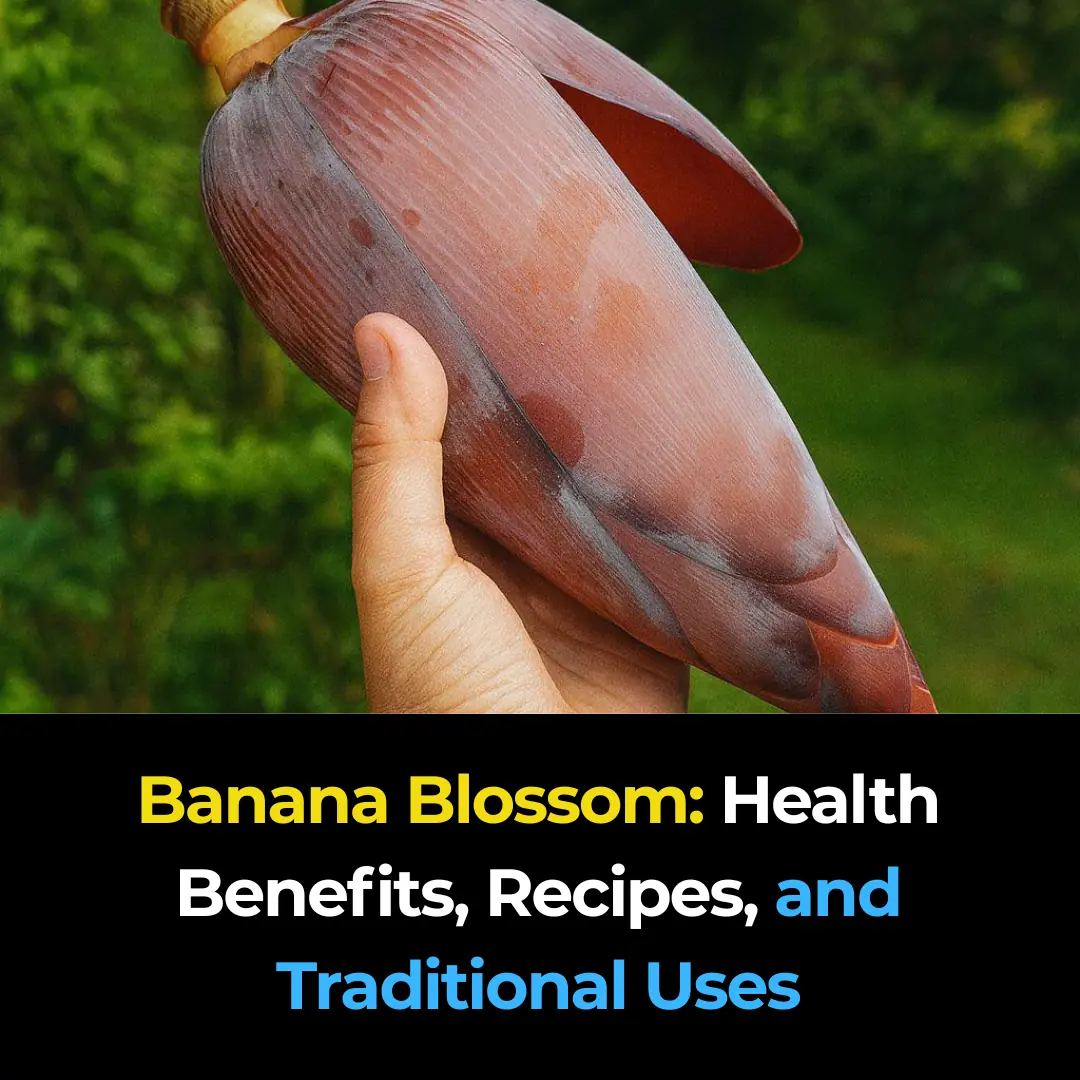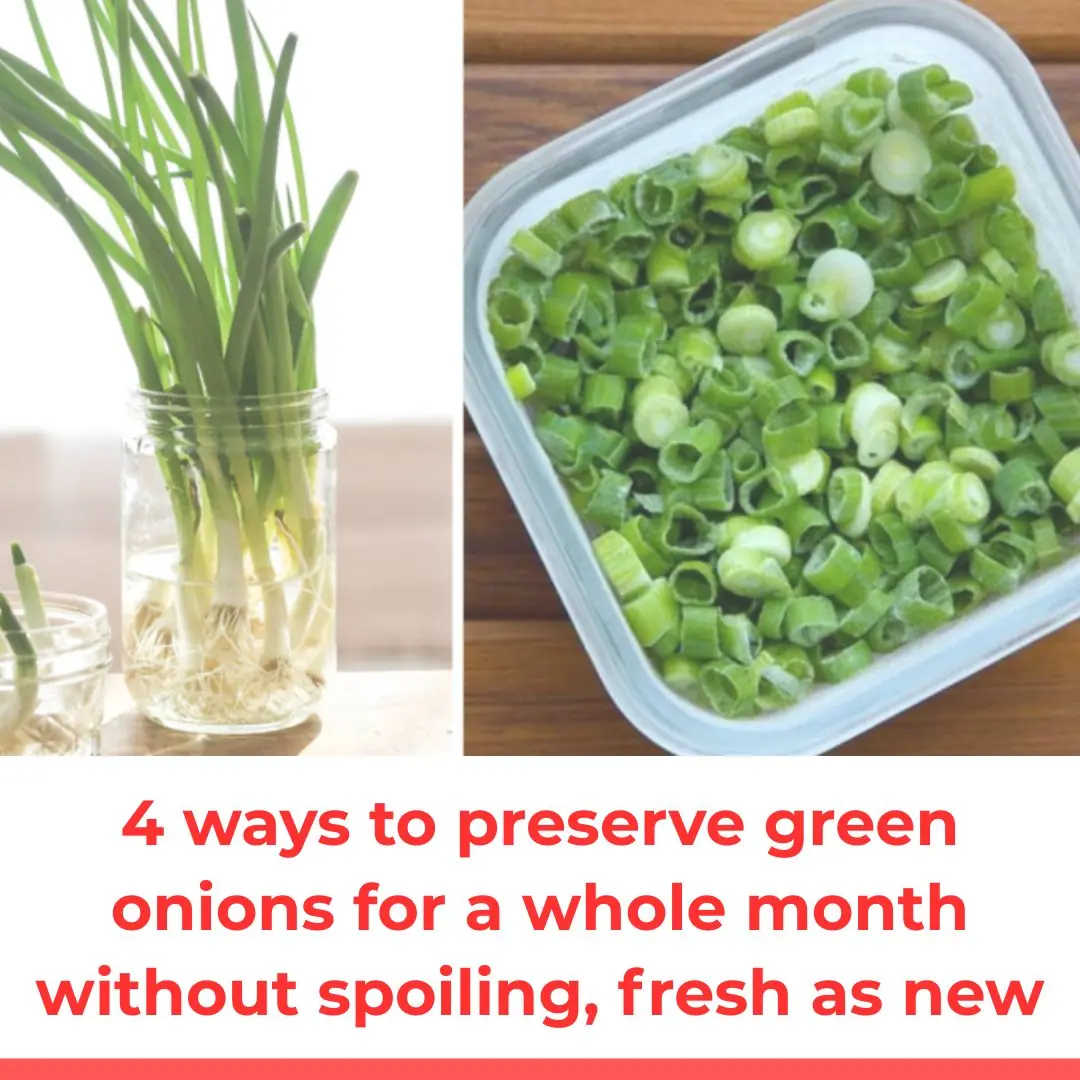Purslane (Portulaca oleracea) is a leafy green plant that is often overlooked as a weed but actually offers a wide range of health benefits and uses. This unassuming plant is packed with nutrients and has been used for centuries for its medicinal and culinary properties. Below are ten notable benefits and uses of purslane:
1. Rich in Omega-3 Fatty Acids
Purslane is one of the best plant-based sources of omega-3 fatty acids, which are essential for maintaining heart health and reducing inflammation. Omega-3s help lower the risk of heart disease, improve blood circulation, and maintain healthy cholesterol levels.
2. High in Nutrients
Purslane is loaded with vitamins and minerals, making it a nutrient-dense food. It contains significant amounts of vitamin A, vitamin C, vitamin E, magnesium, calcium, potassium, and iron, contributing to overall health and well-being.
3. Antioxidant Properties
Purslane is rich in antioxidants like beta-carotene and vitamin C, which help protect cells from oxidative stress and free radical damage. This antioxidant activity can help reduce the risk of chronic diseases, including cancer, cardiovascular disease, and premature aging.
4. Supports Heart Health
The omega-3 fatty acids, along with the high potassium content in purslane, help maintain heart health by lowering blood pressure, reducing cholesterol levels, and preventing heart disease. Consuming purslane regularly can support a healthy cardiovascular system.
5. Anti-Inflammatory Effects
The omega-3 fatty acids and other nutrients in purslane have powerful anti-inflammatory properties. These properties make it beneficial for reducing the symptoms of inflammatory conditions such as arthritis, inflammatory bowel disease, and other chronic inflammatory disorders.
6. Diabetes Management
Purslane may help regulate blood sugar levels, making it a potential ally for individuals with diabetes. Its fiber content helps improve insulin sensitivity, reducing the likelihood of blood sugar spikes after meals and supporting overall blood sugar management.
7. Skin Health
Purslane is beneficial for skin health due to its high content of vitamins and antioxidants, particularly vitamin A. It can help rejuvenate the skin, improve texture, treat acne, and reduce the appearance of wrinkles, contributing to a youthful and healthy complexion.
8. Digestive Health
Purslane contains mucilage, a soluble fiber that promotes healthy digestion. Mucilage helps prevent constipation, improves bowel movements, and supports a healthy gut environment, making it a great addition to a digestive health routine.
9. Boosts Immune System
Thanks to its high vitamin C content, purslane helps strengthen the immune system. It boosts the body's ability to fight infections and illnesses, making it a great natural remedy for improving overall immune function.
10. Culinary Uses
Purslane has a mild, slightly tangy flavor and is incredibly versatile in the kitchen. It can be eaten raw in salads, cooked as a leafy green vegetable, or used as a thickening agent in soups and stews. Its versatility makes it a great addition to a variety of dishes, enhancing both flavor and nutrition.
How to Use Purslane:
-
Salads: Add raw purslane to salads for a crunchy texture and a burst of nutrition.
-
Smoothies: Blend purslane into smoothies to boost their nutrient content.
-
Stir-fries: Cook purslane with other vegetables in stir-fries for a healthy, flavorful dish.
-
Soups and Stews: Add it as a leafy green to enhance flavor and nutrition in soups and stews.
-
Sandwiches and Wraps: Use purslane as a filling for sandwiches or wraps to add a fresh and healthy touch.
Purslane is a powerhouse of nutrients that can easily be incorporated into your diet to reap its many health benefits. Whether eaten raw or cooked, it is a versatile ingredient with a range of health-promoting properties that can contribute to a well-balanced diet.
